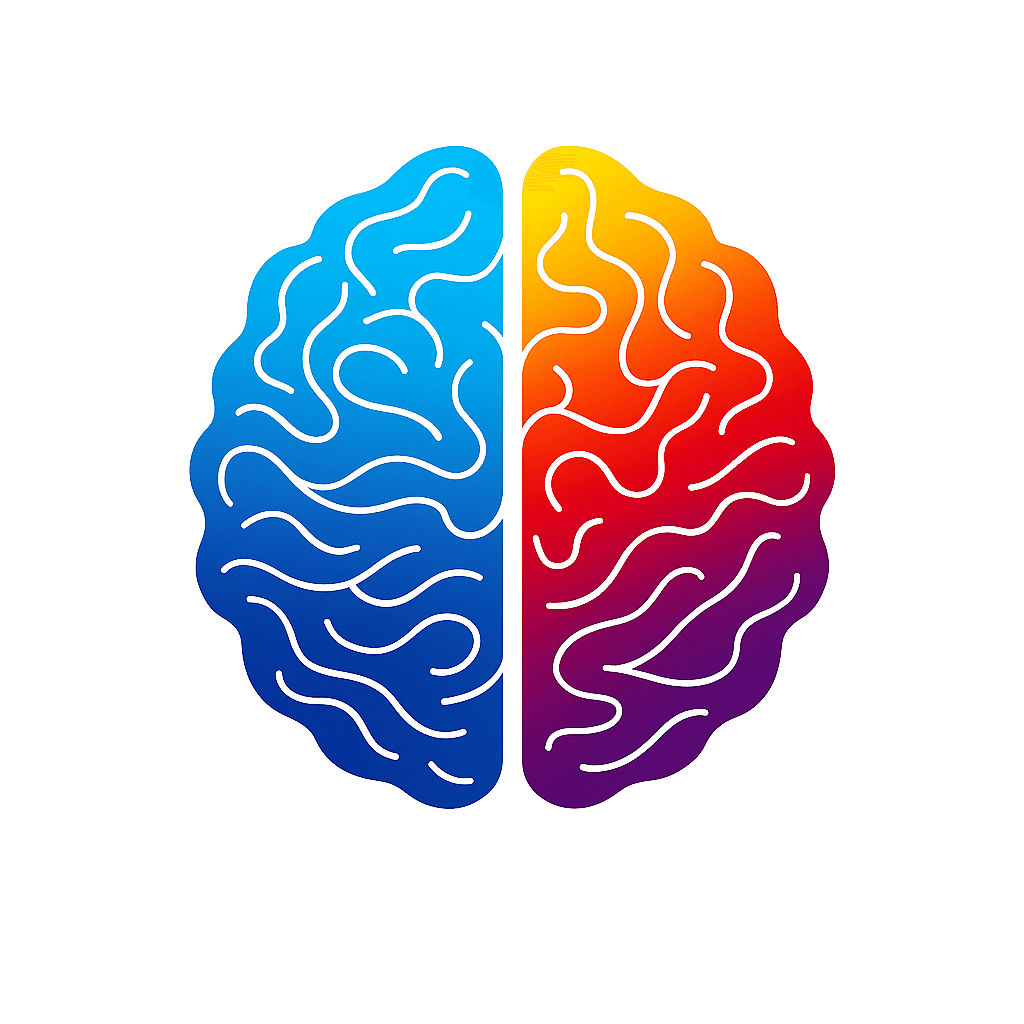
Dr. Gamal Mousa
Panic Disorder
Managing panic disorder through holistic psychiatric care and lifestyle strategies.
Panic disorder is a mental health condition characterized by repeated episodes of sudden, unexpected panic attacks.
What is Panic Disorder?
Panic disorder is a chronic but treatable mental health condition characterized by sudden, unexpected panic attacks. These episodes involve intense fear or discomfort that reaches a peak within minutes and includes both mental and physical symptoms.
Common Symptoms
- •Racing or pounding heart
- •Shortness of breath
- •Chest pain or discomfort
- •Dizziness or lightheadedness
- •Nausea or abdominal distress
- •Trembling or shaking
- •Sweating
- •Chills or heat sensations
- •Tingling sensations
- •Feelings of unreality or detachment
- •Fear of dying or losing control
Diagnosis Criteria (DSM-V)
- •Recurrent, unexpected panic attacks
- •At least one attack followed by 1 month or more of persistent concern about additional attacks
- •Significant behavioral changes related to the attacks
Agoraphobia
Panic disorder is often accompanied by agoraphobia—the fear of being in situations where escape might be difficult or help unavailable during a panic attack. Common triggers include crowds, queues, bridges, or public transport.
Causes and Risk Factors
- •Genetic predisposition
- •Disrupted emotional attachments in childhood
- •Traumatic or loss-related life events
- •Substance use or withdrawal
Who is Affected?
- •Lifetime prevalence: 1–4%
- •Most common in ages 25–44
- •Twice as common in women
- •Up to 60% also experience agoraphobia
Comorbidity
Most individuals with panic disorder have at least one other psychiatric condition, such as depression, substance abuse, or another anxiety disorder. Comorbidity is associated with worse outcomes and higher suicide risk.
Suicide Risk
Patients with panic disorder, especially those with co-occurring depression or substance misuse, face an elevated risk of suicidal thoughts and attempts.
Challenges in Diagnosis
Panic disorder is frequently misdiagnosed in medical settings, especially due to overlapping physical symptoms. Patients often present to cardiology, neurology, or gastroenterology with chest pain, dizziness, or nausea.
Treatment Options
- •Selective serotonin reuptake inhibitors (SSRIs)
- •High-potency benzodiazepines
- •Tricyclic antidepressants and MAOIs
- •Beta-blockers, anticonvulsants, and calcium channel blockers
Psychological Therapies
- •Cognitive Behavioral Therapy (CBT)
- •Cognitive restructuring
- •Breathing and relaxation techniques
- •Exposure therapy
Combination Treatment
Studies show that combining pharmacotherapy with CBT yields better outcomes than either alone, especially in reducing relapse rates.
Prognosis and Course
- •30% become symptom-free
- •50% improve but remain symptomatic
- •20% continue with significant symptoms
Social Impact
- •Reduced quality of life
- •Lower educational attainment
- •Unemployment or reduced productivity
- •Impaired relationships
Consensus Guidelines
- •SSRIs are the first-line treatment
- •Maintain treatment for 12–24 months
- •Discontinue gradually over 2–6 months
- •Refer to a specialist if comorbidity or poor response

A Personalized Approach to Care
At Beautiful Mind Medical Center, Dr. Gamal offers face-to-face consultations in Abu Dhabi, believing that in-person assessments lead to more accurate diagnoses and effective treatment outcomes.
With over 40 years of experience, he understands the importance of building trust with his patients while offering comprehensive psychiatric care.